Squeezing Blood And Cosmic Horror Out Of The Animation Industry with The Spine of Night’s Philip Gelatt and Morgan Galen King
There are some truly incredible things currently going on in the field of animation. Mainstream animated blockbusters from Disney, Pixar and the biggest anime studios still dominate the industry, but there’s an abundance of smaller independent productions that are making waves in both movie theaters and television streaming services. Phillip Gelatt and Morgan Galen King’s The Spine of Night is a glorious throwback to the adult animated features of the ‘70s and ‘80s like Heavy Metal and Fire and Ice. The Spine of Night tells a visually stunning story that chronicles an ancient evil as it corrupts humanity through several centuries. A bewildering supernatural story unfolds that dips into horror, science fiction, and dark fantasy, all with a sprawling narrative and an epic cast of characters.
The Spine of Night is a passionate and unique project that’s a testament to what can be accomplished in animation and why the medium is just as effective at telling mature stories for adults as it is with friendly children’s tales. Philip Gelatt and Morgan Galen King have crafted something special with The Spine of Night and the film’s writers and directors open up on creating the movie’s story and distinct look, the project’s many influences, when and when not to use exposition in the sci-fi genre, and if there may be more stories on the way that are set in this rich world of cosmic horror.
Daniel Kurland: There’s so much to break down in this movie, but what was sort of the genesis of this project or how you two initially started to develop this story?
Morgan Galen King: When I started down the rotoscoping path, I started with a handful of short films—which are on my YouTube channel and will be on the Blu-Ray—which was a learning process. Each one became bigger and more ambitious. Then I did the short film, Exordium, which ties into The Spine of Night story and that took about ten months to draw. It made its way around the Internet through the now defunct Machinima interactive film festival. Then someone forwarded it onto Phil.
Philip Gelatt: I saw that short film Exordium and thought that it was “rad,” for lack of a better term. Is that nuanced enough? It was totally rad and I thought that its story and animation style was not like Tolkien-esque fantasy and more like ‘70s psychedelic low fantasy stuff. That’s all stuff that I already loved, so I saw the short film and then reached out to Morgan and told him I loved it and that we should be friends and figure out a project to do together. That’s really how it started—at least the long path of it all—with Morgan completing that short film and then me seeing it and reaching out.
Daniel Kurland: I’m such an animation freak and I love the Ralph Bakshi and Frank Frazetta influence that’s present here, but I also felt some R. Crumb at times with the characters and even a lot of Moebius when looking at the environments and backdrops in the movie. Can you expand a little on all of the influences that came together here and the type of animated movie that you wanted to create?
Morgan Galen King: I love all of those things and they’re well-spotted references, but I think inevitably when making something like this you’re going to have a lifetime’s worth of nerdy interests and passions that make their way in. We’d be animating something years later and suddenly be like, “Oh I think I made this thing because I had that thing in mind!” It’ll be totally subconscious at times, as well as conscious influences obviously making their way in there, too. In terms of the aesthetic, I was intentionally looking at the Moebius-inspired “Taarna” segment from the Heavy Metal movie as the tone that I was going for. It’s very cosmic, gory, and epic, yet contained to a relatively concise narrative structure. So it was kind of a combination of that along with the Frazetta style background paintings from Bakshi’s Fire and Ice. Those were the two big influences on ultimately how it looks, but combined we have seventy years of nerd passion that’s been funnelled into this movie.
Philip Gelatt: Yeah, I would back everything that Morgan has said. I love everything about Heavy Metal. I’ve got binders of old Heavy Metal magazines. I just think all of that is an endless source of inspiration in terms of genre and artwork before Star Wars—not to be derisive—but before Star Wars had its grip on things. Artwork was more wild and free back then and I wanted to evoke that feeling of that loose and crazy stuff.
Daniel Kurland: It also looks like there were very few animators that were working on the movie. Did you have an especially lengthy production schedule and did it take a while for all of this to come together?
Morgan Galen King: Yes, very much so. We started writing in January 2014, then shot the live-action reference only a few months later, but then spent the next seven years animating it full-time. It was a small team, primarily me and two others at any given moment, but those two others would rotate among a smaller group. We had a handful of freelancers that would do background characters as more of a training process, but rotoscoping is notoriously time consuming and labor intensive, so I think for most people it wasn’t a lot of fun. I like it! It was essentially at any given moment a three-person animation team, a colorist, and then one or two background painters intermittently working.
Daniel Kurland: Would you have preferred a bigger animation staff to work with, or are there also certain benefits that come out of a smaller and more close-knit team?
Morgan Galen King: I’ve never worked with a bigger team. This is the biggest team that I’ve worked with, but I’d like to make more films before I die. So I think that they can’t all be seven- or eight-year long productions. It’s a necessity that if we’re going to do more features then to do them with a bigger team.
Daniel Kurland: You guys create such a rich mythology throughout the movie that allows the audience to fill in a lot of the blanks. Were you influenced by any specific folklore or mythology when you were putting your own together?
Morgan Galen King: I spent a lot of time on Wikipedia reading through creation myths. It’s great, I mean I would have never been able to even parse books written on these cultures. You can skim a couple of paragraphs on Wikipedia very quickly. That’s mostly what I was drawing upon with myths and ideas that aren’t totally unfamiliar to the fantasy genre, but also very interesting on a cosmological level.
Philip Gelatt: It really did seem again like a lifetime of being interested in fantasy and folklore just all coming together. Folklore, mythology, and religion all get thrown into a blender and then when you’re trying to generate ideas you think of what’s been done in fantasy before, but also what makes sense for your creation and to then pick and choose from there. But I don’t think that we were ever like, “Oh we want this to feel like ancient Mesopotamia…” or something. Another interesting part of the movie’s mythology is that the cosmological moment that gets into the creation myth of the world, that visual style didn’t come about until very late in the production process. We always knew that we wanted it to look different, but not how. It was an interesting case of how the writing influenced the visuals, which then looped back around when we rewrote the monologue behind it all.
Daniel Kurland: Like you said, you pull from a lot, but it feels reminiscent of this cosmic horror take on the Prometheus story where people just abuse this gift and the cycle of pain and violence that occurs as a result.
Philip Gelatt: “A cosmic horror take on the Prometheus myth,” is a great logline. We should have talked to you earlier!
Daniel Kurland: You have my blessing to use it! The movie’s music by Peter Scartabello is also really fantastic. Talk a little bit about developing the film’s score and finding the right sound for it.
Morgan Galen King: Yeah, very much so. I’ve seen some comments online saying that they wish that we had taken the Heavy Metal approach and used pop music and metal stuff. That was a big thing for us to weigh and consider. Our temp track was like white noise drones and so figuring out what would be dynamic enough, but also what understands the tone of the film and suits it. The instincts that we had were similar to other people where we wanted to turn to a bunch of doom bands to score the whole thing, but I think ultimately that the world is so self-contained that our world bleeding into it through music wasn’t the right direction for it. Phil had met Peter Scartabello and I think he came to the project with the perfect sensibility. He got the Conan score in his head and some really cool cosmic synthesizer stuff. The marriage of those two things nailed the tone of the film for me.
Philip Gelatt: I knew that he was a composer and knew that he wanted to tackle something a little bigger and bolder. If you go to his website there’s a lot of commercial work, but I also knew that he was in a doom metal band and that his tastes leaned towards cosmic horror. When we approached him I hoped that he could take those two aspects of what he does and combine them into something that fit the movie. We wanted a score that’s not like John Williams stuff where it’s emotionally guiding the audience with every note, but we wanted something a little more accessible than the drones that we were using for the temp tracks. You want to nail the tone, but also help viewers understand how they should be feeling and Scartabello’s music does such a beautiful job with that.
Morgan Galen King: Each of the sections also has a composer that correlates to it. We had so much fun going down the dungeon synth rabbit hole on BandCamp, which is a whole genre onto itself. It was very cool to be able to work with people who have modernized retro D & D fantasy stuff and it just felt like such a perfect marriage of ideas. We were able to bring several dungeon synths artists aboard to work on individual pieces. It was really cool.
Philip Gelatt: We had so much fun working with the musicians. It’s so scary to send off the visuals and describe what you want because you still never know what you’re going to get back. The best case scenario is you get an amazing surprise and we were almost 100% lucky with who we reached out to for collaboration.
Daniel Kurland: This movie has such a talented voice cast, who do wonderful jobs, which is part of the movie’s appeal. However, it’s easy to picture a version of this story that’s told without dialogue where the visuals and music do most of the heavy lifting. Was that angle ever in consideration at all?
Morgan Galen King: That’s a really interesting question. I personally never thought about it, but I think there are later portions in the movie that would benefit from that approach. The throne room scene is very dialogue-driven, for instance, but once you get through that I could see leaning into a version that drops the dialogue. I’m really getting into movies that aren’t dialogue-reliant or the dialogue is askew to the visuals that are presented. Those things were really not in our mind when we were making this movie though.
Philip Gelatt: I feel like we had so much to describe and to set up in the first place, but I definitely find everything that I’ve written since that I’m just paring and paring down the dialogue. And like, “We could probably express all of this with a meaningful glance and two words…”
Morgan Galen King: That being said, there’s all of this online debate over “to exposition or to not exposition” and people can be divided on whether it’s a good idea to start a film off that way. I think that’s a fascinating question as a screenwriter though because so much genre exposition is necessary, like look at the beginning crawl in Star Wars. Conan doesn’t really function in the same way without its intro. Even Lord of the Rings needs that opening “nine rings” discussion. So we don’t do any of that, but we do spend a lot of early dialogue trying to do exposition in a way that feels from inside of the world as opposed to outside of the world. It’s voices that are experiencing it in the moment and not narrator voices coming down and explaining the world. We get there eventually with the cosmology, but we don’t start there.
Daniel Kurland: There have been more animated series in the past few years that focus on ancient stories and folklore, like Blood of Zeus, Primal, and even some of your previous work on Love, Death, and Robots. Why do you think this resurgence has happened where the past gets re-examined and remixed in these bold genre experiments?
Morgan Galen King: In this specific instance, for our film, we grew up when the Bakshi and Heavy Metal era was going on, but then it kind of disappeared. As a kid I thought that stuff would continue to grow and expand, but it didn’t. So when we had the opportunity to make something there was this desire to revive this dead form that we loved and that no one else was bothering to explore. There’s so much cool ancient history that exists and is easily accessible for people to learn about. It’s hard to not want to draw from those archetypes and help bring them into modernity otherwise they might get even further forgotten. In an odd way, it’s a little like being a cultural archaeologist.
Daniel Kurland: This movie tackles a lot of different genres and ideas, but was there one aspect that was particularly important for you guys to get right, whether it was the movie’s fights, magic, or the characters?
Morgan Galen King: For me, it would be trying to capture the passage of a very long span of time. I think that we actively worked to not persist with any one character for too long in order to give the audience a better feeling of geological time. I think that underpins all of the cosmic horror of it since people either die on the screen or they’ve passed away simply because one hundred years have passed. I think there’s something interesting about trying to structure a narrative around huge expanses of time. To me, I think we were pretty successful in that regard and it was definitely one of my overarching concerns during production.
Philip Gelatt: I’ve got a serious answer and a silly one. For the serious answer, it’s very important to nail the tone. Tone is this ethereal thing that’s every thing to every movie, but also so hard to put your finger on, but it plays a factor in everything right down to how a line is delivered or how a scene is lit. It’s so hard to get that right because a lot of the time it’s just a gut feeling that something tonally is off. To me—and this relates to Morgan’s answer, too—the movie is an attempt to create a different tone of fantasy film. You’re used to seeing very specific fantasy stories on the screen and I think that this is very different from Game of Thrones, Tolkien, and even things like Conan that were a direct influence on the movie. To get that right was so important to me. Now obviously, getting everything right was important to me, but purely on a level of fun it was a delight to write ridiculous necromancer magic words. Dark art magic stuff is my absolute favorite thing, so that to me was very important to specifically get right.
Morgan Galen King: It was hard! The last big creative decision that was made was whether to include episode titles or not. We became a little concerned that audiences might not latch onto these jumps in time if there wasn’t some direct framing around them. The script was originally written to have titles included between the different sections, but then we removed them very early on, but then got worried that they maybe need to go back in. But I remain happy with the decision to leave them out. It’s better to embrace subtlety and to trust the intelligence of the audience than to hammer something in.
Daniel Kurland: I’d agree with that. I think titles would make the segments feel more disconnected than they actually are. On that note though, you create such a rich world here that feels like it could sustain many more stories. Have you thought at all about what a sequel or expansion to this universe might look like?
Morgan Galen King: That’s sort of the question that we ask ourselves every day…It’s crazy because it was a decade ago that we first started thinking about the movie as a concept. Part of the appeal of all of this is that the spine of the project would be this story that a larger fantasy body could connect with. There’s so much time and so many themes to explore there. We finished animated the movie back in March of 2021, but since we’ve started doing promotion for the film we’ve come up with various outlines for expansions. The demand and financial backing needs to be there of course, but we have a pretty awesome outline for what we think might function as a sequel. We also have an outline that explores the hundred years between the first two chapters, which would look at what happens with the barbarian king, Mongrel. There’s also an idea that we’d like to set pre-history—like one thousand years before the events of the film. So we have an array of really cool fantasy stories that would interlink with this, but also be their own things, too.
Daniel Kurland: You’ve both worked in animation as well as live-action projects. Do you think you’ll continue to embrace animation, return to live-action, or continue to experiment with both?
Morgan Galen King: I would love to do more live-action, but whenever it looks like COVID is ending and we can get back into regular productions there’s a new outbreak that happens. We’ve had a few ideas for live-action movies too that we’d like to do, but it’s just too difficult to plan right now.
Philip Gelatt: I’m hoping to do both as well, but if we can find the backing for more animated projects then that’s a little more where my head is currently at. There’s so much more room to explore weird, adult fantasy stories through animation. There’s not enough going on there and so it’d be a fun space to get to do more in.
Morgan Galen King: I find that I have a hard time writing a movie that wouldn’t end up being $100 million in live-action. We were trying to do a cheaper, low-budget science fiction story, but then I’d be like, “And then forty werewolves show up…” Obviously this needs to be animated…
Daniel Kurland: There’s a real video game feel to The Spine of Night and there are more and more iconic video game series that are being turned into animated series. Are you gamers at all? Would a project like that appeal to you at all and are there any properties in particular that you’d like to adapt?
Morgan Galen King: We play games, for sure. I keep waiting for FromSoftware to bring us Dark Souls, but it hasn’t happened yet. It’d really depend on what it was. Animation is such an incredible investment of time that it’d need to be something that we really love and are committed to, but I wouldn’t be opposed to it! I was glad that they made that Dragon’s Dogma show. Love Dragon’s Dogma!
Philip Gelatt: I think it probably depends on the property and if someone wanted to bring us Bloodborne, then yeah, of course. Years and years ago I wrote a Dead Space script that never went anywhere, so I have done a little bit of that. I would do it again, but again, it depends on the property.
Morgan Galen King: Did you have a property in mind that we should do?
Daniel Kurland: There was this old Gamecube game called Eternal Darkness that has this Lovecraft influence and moves through a lot of different ancient time periods. I thought of that a few times during The Spine of Night and you guys would absolutely kill it.
Morgan Galen King: Very interesting. Who knows!
Daniel Kurland: There’s a third volume of Love, Death, and Robots on the way. Were you able to work on that again and is there anything that you can tease about the new season?
Philip Gelatt: I did work on it! I don’t know if I can specifically tease anything other than—and this is so cheesy—but it will satisfy fans of the series. We wrote seasons two and three at the same time, so I will say that a lot of my favorite scripts that I wrote end up in season three.
‘The Spine of Night’ is currently available on VOD



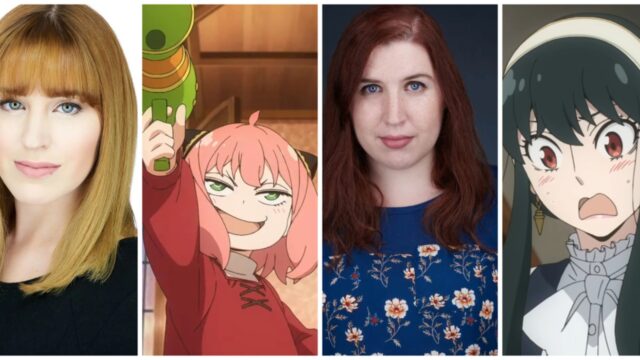
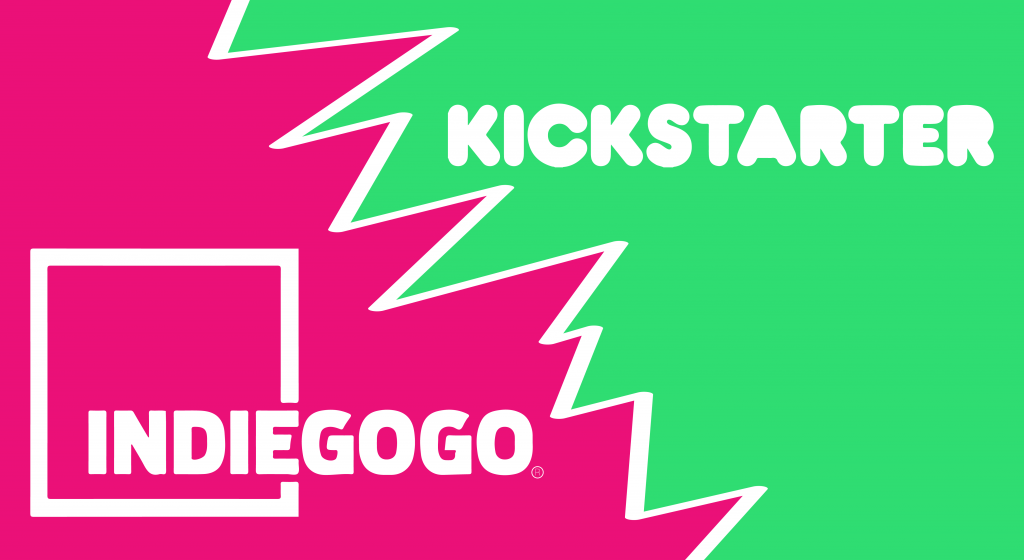

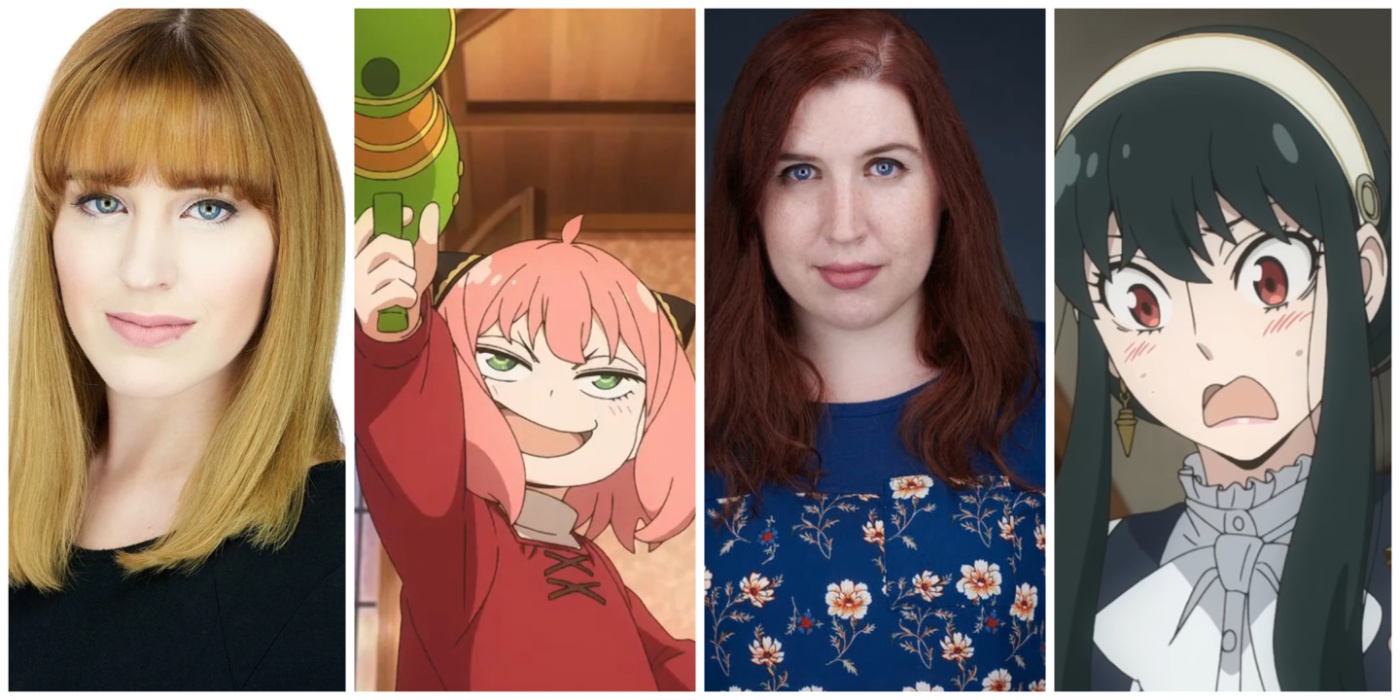
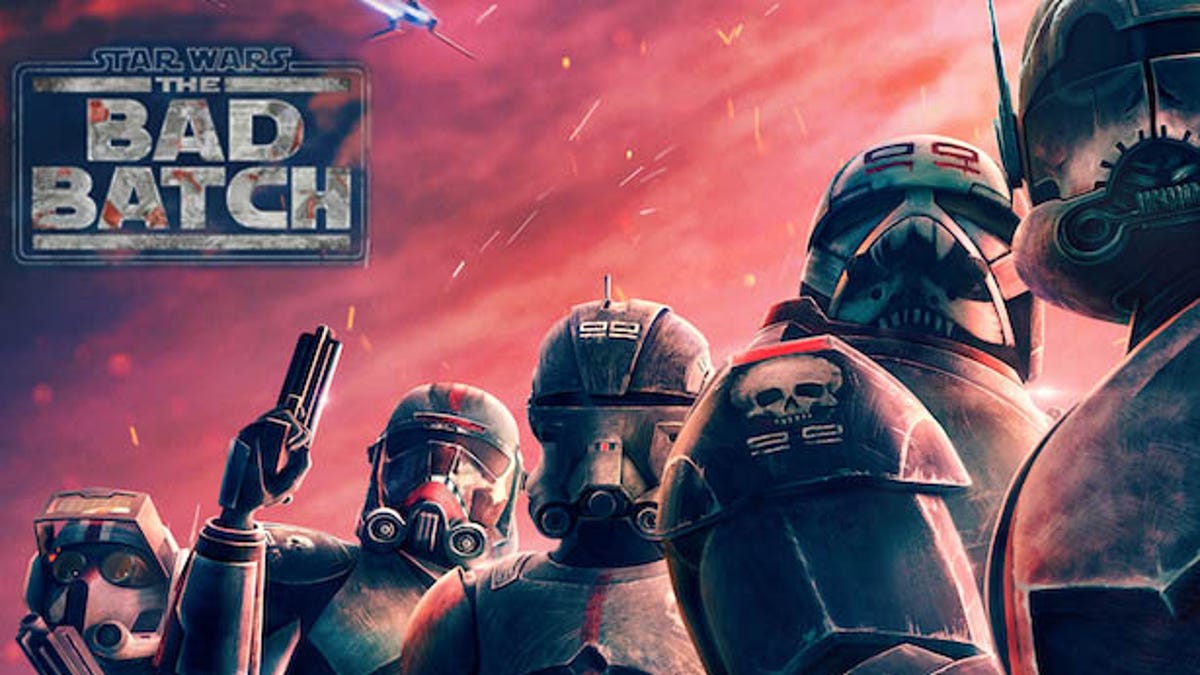















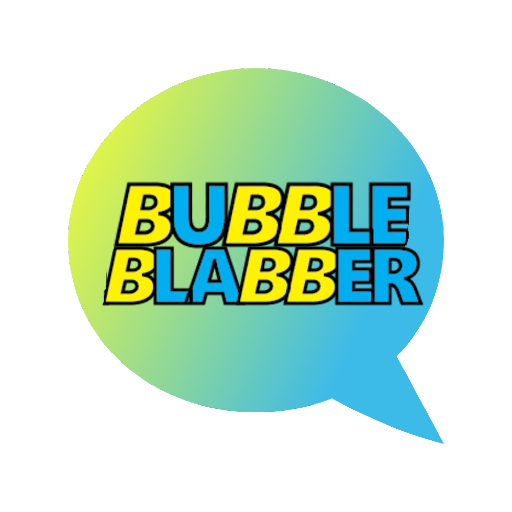

I'm hired!